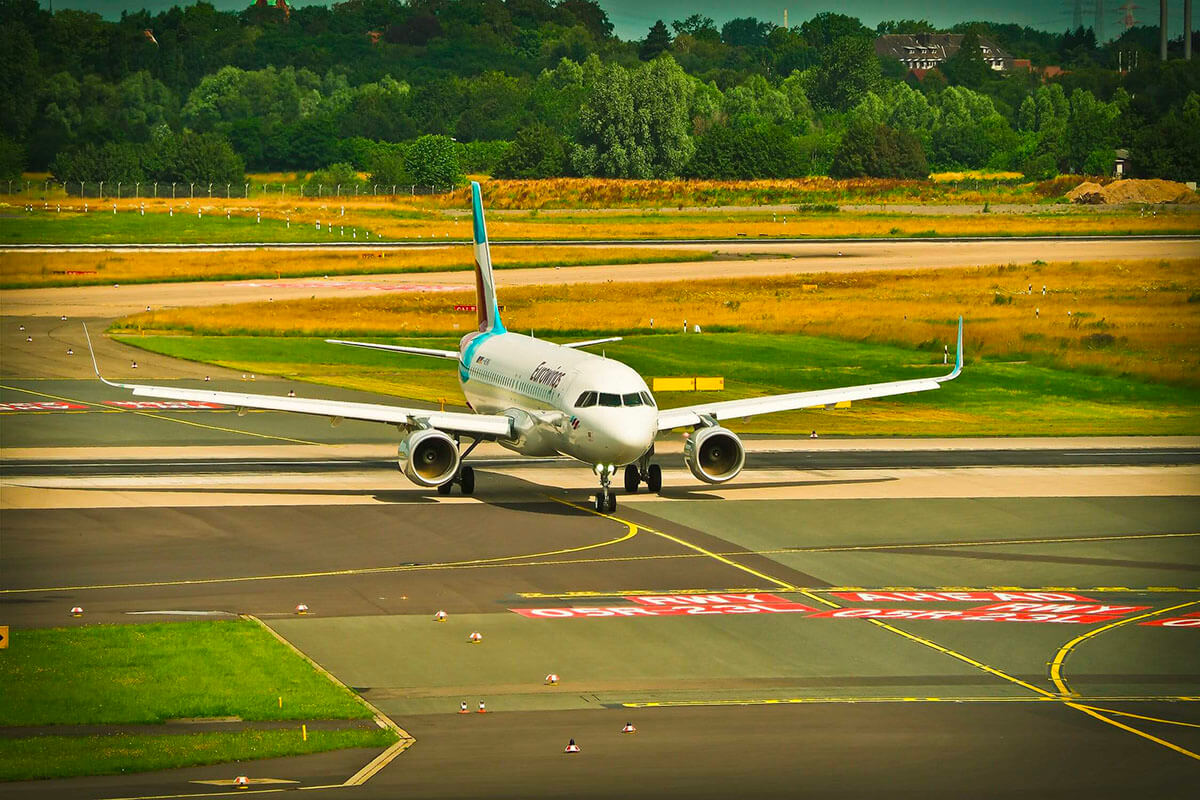Why optimized taxi fuel should matter to you?
If you have read my previous article on the math of fuel efficiency, you certainly understand that it would be foolish not to consider a 10-20kg improvement that you could obtain on each and every flight!
Well, there is one best practice that can yield such saving, and which is quite simple to implement:
This is Optimized Taxi Fuel.
Airline dispatchers are well used to computing the right amount of fuel to upload in an aircraft, based on the planned route and conditions.
Yet, when performing this computation, most of them will still use a flat rate for taxi fuel, irrespective of the departing airport. For example, 200kg for a B737 or an A320.
Now let’s consider what happens if on your network:
- On 20% of your departing airports you actually burn more than that
- On 40% of them, you can reduce this flat rate by 20%
- On 40% of them, you can reduce this flat rate by 50%
(These numbers were not chosen randomly. This is what we have witnessed on a survey of 25 airlines of all business model for which we provide fuel consulting).
First of all, on 20% of your flights you have a safety issue because you plan less taxi fuel than you should.
Then on 40% of your flights you are carrying 40kg of unnecessary fuel, which leads to 4kg of extra fuel consumption (assuming the cost of weight or cost of carrying the fuel is 10% on these flights).
And on 40% of your flights you are carrying 100kg unnecessary fuel, which leads to 10kg extra fuel consumption.
Obviously, these numbers are much larger for widebodies that burn more during taxi and that frequently have a cost of weight that exceeds 30% on longer routes.
So, do you want to continue using flat rate or would you rather adjust the taxi fuel for each departing airport in order to increase safety and fuel efficiency?
Ready to learn how to (properly) compute optimized taxi fuel?


